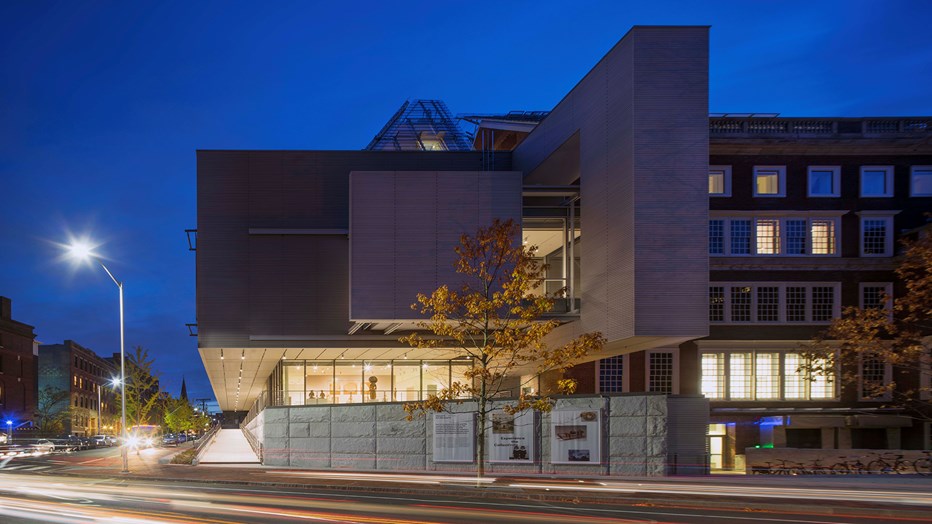Skanska provided preconstruction and construction management at risk services for the expansion and historic renovation of 32 Quincy Street for The Harvard Art Museums. The museum, in terms of the size, range and importance of its collection, is regarded as one of the finest in the world. The project upgraded the building’s infrastructure to meet professional museum standards, resolved spatial limitations and structural issues of later additions and included a high end security system in art storage areas.
The project consisted of selective demolition of the 1926 Fogg Museum and existing additions. The renovation and expansion included complete replacement of all mechanical, electrical and plumbing (MEP) systems, exterior windows and doors, elevator replacement, and restoration of the remaining historic facades. New construction included an addition along the east side of the site and a vertical addition above the original building.
When the project was completed in November 2013, it had enabled collections from the Fogg, Arthur M. Sackler, and Busch-Reisinger Museums, along with the curatorial staff, to reside under the same roof in this state-of-the-art, LEED® Gold certified facility.
Skanska implemented an environmental management system on the project to protect the local environment and those who worked onsite. Elements of the plan included:
- All diesel-powered non-road construction equipment equipped with engine ratings of 60 horsepower and retrofitted with emission control devices that are EPA Tier 3+.
- Subcontractors submit a monthly report for each piece of non-road diesel powered construction equipment as well as the emission control devices installed on the equipment to ensure close monitoring of the program.
- Ensuring that all diesel fuel used on the project meets the definition of ultra low sulfur diesel fuel, containing no more than 15 parts per million of sulfur.
- A “just in time” delivery process requires that trucks are scheduled at a certain time to mitigate traffic back-ups/queuing and unnecessary idling of vehicles onsite.






